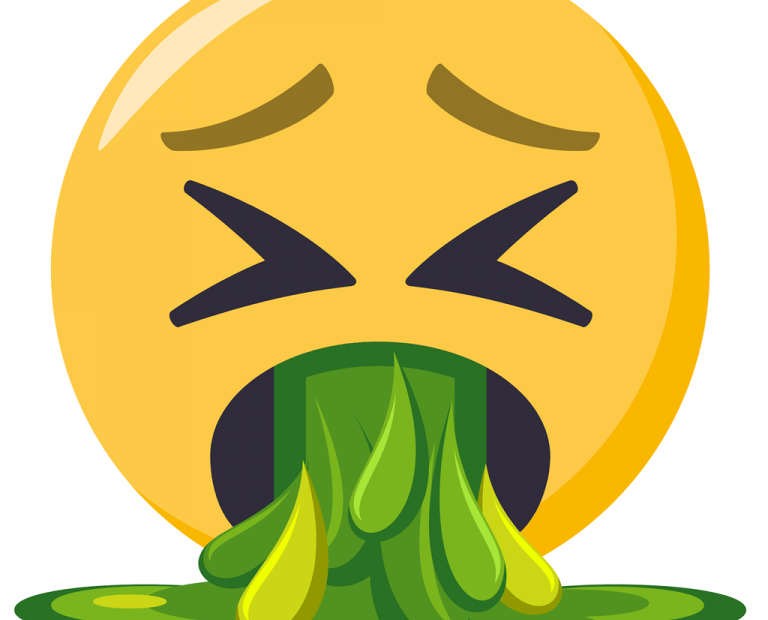… Or, how the smiley face gave rise to lazy literacy and artificial images that are designed to convey universal human emotions.
Harvey Ball (1921–2001), an illustrator at an advertising agency in Worcester, MA, was commissioned in 1963 to design something (in public relations lingo) that would placate the employees of the State Mutual Life Assurance Company of America, who were nervous about their futures because their company had just merged with another.
Harvey Ball with his smiley face, which he designed in 1963. Source: File/Telegram & Gazette/Worchester Magazine.
Ball drew a smiling orb—and later refined it into the well known symbol of goodwill around the world. Smiley and frown doodles, hearts and xxxs., had long been used as signatures on personal notes, letters, greeting cards and in diaries long before Ball—who is hailed as the creator—and had been influenced by these ad hoc pictorial abbreviations.
The first smiley/face I ever saw was not Ball’s. Charlie Alzamora, program director for WMCA AM radio in New York, told The New York Times that in 1962 his station had originally conceived a smiley face as a promotion/logo for the WMCA “Good Guys” disc jockeys. The shirts were given away as prizes and ubiquitously worn around town. I would have given anything to win a “Good Guys” shirt. But t’was not to be.
Who would imagine the original smiley—an innocent mascot that captured the brightness of the sun—would be an antecedent or, arguably, the seed from which emojis grew like kudzu all over the internet and social media?
I don’t know how Ball’s iteration went viral—it just seemed to materialize. He was paid $45 and never took out a copyright, but held an emotional attachment. The Harvey Ball World Smile Foundation states that Ball believed “that each one of us has the ability to make a positive difference in this world.” Any effort to improve the world, “no matter how small, was worthwhile.” Like other inexplicably popular novelties, the smiley face triggered a nationwide fad in the early 1970s. An estimated 50 million smiley buttons were sold, and the image appeared on countless other products, many of which are still licensed through Ball’s foundation. In 1999 the USPS issued a smiley face stamp (I hope that it did not upset Mr. Zip).
Smiley is the single most iterated (and regurgitated) emoji. And here comes the rub. On our digital devices, emojis are shorthand for many things both serious and ironic—what Wired called “a lingua franca for the digital age.” Emojis have been popular since they first appeared on Japanese mobile phones in the late ’90s.
Emoji is the way 21st-century humans communicate—a kind of digital cave painting. 92 percent of all people online use emojis, according to Wired. Moreover, “On Instagram, nearly half of the posts contain emoji[s]. … Emoji[s] are so popular they’re killing off netspeak: The more we use 😂, the less we use LOL and OMG. What does the rise of emoji as a digital language mean for the future of words?”
Emoji is simple pictorial language that substitutes for thought. Lingua lazy! I know it’s heresy. If smiley is divine, then emojis are the fruit of its loins, if it had a body and loins; as an outgrowth of computer babble, emoji infestation has supplanted the real with abbreviated intelligence. More and more are filling screens, which in turn gnaws away at our senses, until the only way to express emotion is to click on the thumbs-up sign.
I hate using emojis. But when I don’t have anything meaningful to say, they say it for me.
